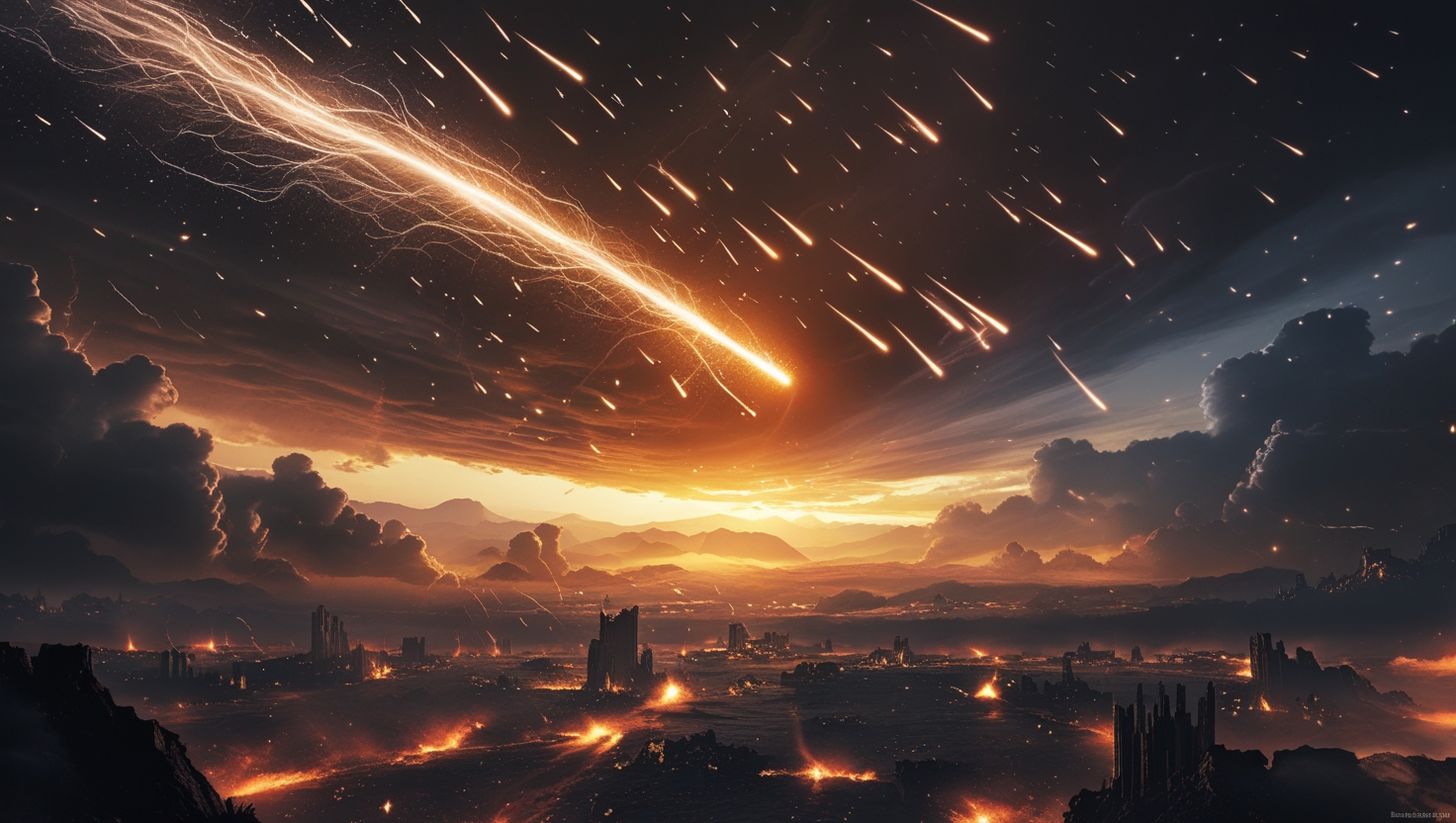The question of the end of the world has intrigued humankind for centuries. With countless theories ranging from environmental degradation to technological advancements and even cosmic catastrophes, the prospect of humanity’s demise prompts both fear and fascination. As an AI developed to process and generate human-like content, ChatGPT offers a unique perspective, blending scientific insights, historical context, and philosophical considerations. In this article, we delve deeply into what could lead to the end of the world, assessing potential risks and the underlying resilience of the human spirit.
Understanding the “End of the World”
When discussing the end of the world, clarity is essential. Does it imply the end of life on Earth? Or perhaps it’s about civilization’s collapse? Humanity’s existence is shaped by ecological balance, technological progress, and societal structures. Each carries risks capable of sparking apocalyptic events.
By defining what the “end” entails, we gain perspective on threats and mitigation strategies. Whether it’s extinction-level events or significant transformations in human life, understanding such outcomes empowers proactive solutions.
Climate Change and Environmental Threats
Accelerating Climate Crisis
One of the most pressing threats is climate change, a consequence of industrialization, deforestation, and greenhouse gas emissions. Rising global temperatures lead to extreme weather patterns, melting ice caps, and rising sea levels. Left unchecked, these changes threaten ecosystems, biodiversity, and human livelihoods.
- Impact on Humanity: Coastal cities could become uninhabitable, sparking mass migrations and resource conflicts. Crops may fail under shifting climates, exacerbating hunger and economic disparities.
- Preventive Actions: Transitioning to renewable energy, reforesting lands, and adopting sustainable practices offer hope against this tide of destruction.
Loss of Biodiversity
Earth’s rich tapestry of life is unraveling. The ongoing extinction of species reduces resilience against ecological disruptions. Losing key organisms in ecosystems—such as pollinators—could precipitate global crises. Biodiversity’s role in food security, medicinal resources, and climate regulation underscores its importance.
Technological Threats
The Role of Artificial Intelligence
Could the very entity offering this perspective—AI—pose existential risks? Fears about superintelligent AI dominate speculative debates. What if an advanced AI prioritizes its objectives over human well-being? While current technologies are far from such levels, ensuring ethical AI development is crucial.
Technological Reliance
Our dependence on technology for communication, health, and governance introduces vulnerabilities. A large-scale cyberattack targeting critical infrastructures could cripple economies and disrupt societal order. Robust cybersecurity measures are essential to mitigate these risks.
Cosmic and Geological Hazards
Asteroid Collisions
Asteroid impacts have reshaped Earth’s history—most famously wiping out the dinosaurs. Although NASA and global space agencies monitor near-Earth objects (NEOs), the risk remains. Innovative space technologies and deflection missions offer viable defense mechanisms against potential collisions.
Supervolcanoes
Beneath Earth’s crust lurk supervolcanoes capable of spewing vast amounts of ash and gas into the atmosphere. A major eruption could trigger “volcanic winter,” disrupting agriculture and cooling global temperatures. Improved geological monitoring could offer early warnings and save lives.
Societal Collapse and Global Conflict
Political Instability and War
Throughout history, societies have risen and fallen due to internal strife, corruption, and conflict. In today’s interconnected world, nuclear weapons heighten these stakes. Political collaboration and peace-building efforts are humanity’s shield against such dark outcomes.
Economic Inequality
Disparities between wealth and resources drive unrest. Economic systems emphasizing equity, education, and global collaboration ensure stability, reducing risks of upheaval.
Humanity’s Resilience
While the potential causes of the world’s end are many, humanity’s resilience shines brightly. Historical crises such as pandemics, wars, and natural disasters have revealed the human capacity for innovation, collaboration, and survival.
The Role of Technology
Far from being a threat, technology remains a cornerstone of resilience. Advances in medicine, renewable energy, and artificial intelligence hold immense promise for addressing global challenges. Ethical and inclusive implementation ensures these tools serve humanity positively.
Global Collaboration
Nations must unite under shared objectives. Collaborative frameworks, such as the Paris Agreement and global health initiatives, exemplify how collective action fosters hope and security.
Concluding Thoughts
From environmental challenges to cosmic threats, the end of the world may seem an inevitable eventuality. However, with proactive approaches, global unity, and responsible innovation, humanity can mitigate these risks. The future, much like the past, is defined not only by threats but also by opportunities for growth and transformation. While ChatGPT offers insights, the power to shape destiny remains firmly in human hands.
Read more about Technology here
Read more about Science here
Image credits https://leonardo.ai

